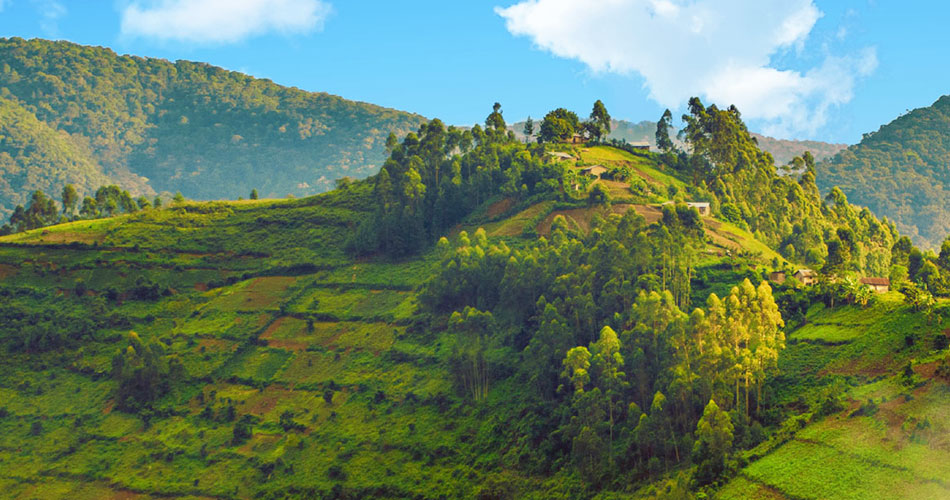Tea was first cultivated in Uganda in the early years of the 20th century in the botanical gardens in Entebbe, the capital. The crop was a success and commercial cultivation of tea started in the 1920s. Tea is one of Uganda’s main exports and is grown by both plantation companies and small holder farmers. The tea industry employs more than 60,000 people and supports the livelihood of over half a million people. The majority of Uganda’s tea is finds its way to international markets through the Mombasa Auction where they are then used for teabag blends.
Uganda is endowed with a comparable soil, altitude and climate to that of Kenya. It receives plenty of sunshine and abundant rainfall. Unfortunately, Uganda’s tea industry was decimated by political upheaval in the 70s. Bushes became trees and factories became empty shells. By 1981, Uganda was producing just 5% of the tea it made in 1974.

Uganda’s tea industry came back from near ruin to be stronger and play a vital role in Uganda’s economy. Commonwealth development money, foreign expertise and investment by Indian companies all helped to rehabilitate the tea industry. In 2018, Uganda produced 50 million kg of tea, making it the second largest producer in Africa after Kenya.
Tea is largely grown along the Lake Victoria crescent, the lower slopes of the Rwenzori Mountain (1200-1800 metres above altitude) and above the Western Rift Valley. Tea leaves are harvested either by hand or by shears. Their liquors are of average quality but their leaf is very clean, blackish, grainy and dense.
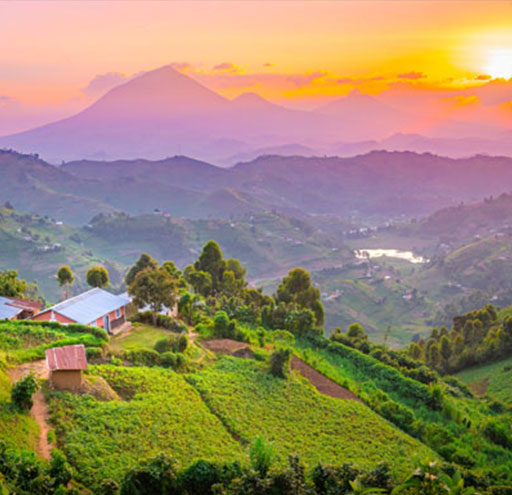
继续阅读
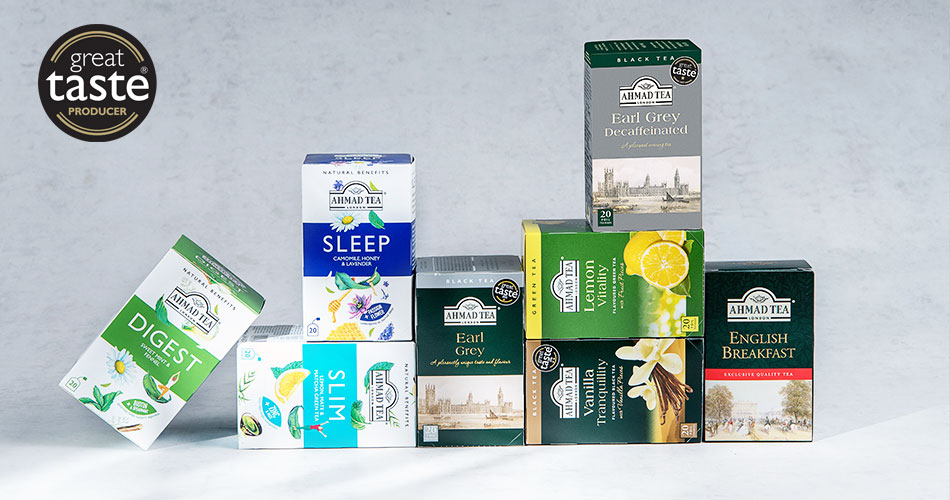
Ahmad Tea wins big at the world-renowned Great Taste Awards亚曼茶在世界著名的大品尝奖上大获成功
Ahmad Tea is delighted to have won 10 gold stars at the 2020 Great Taste Awards. Find out which blends won.

How to make the best afternoon tea at home如何在家里做最好的下午茶
Our Tea Taster, Dominic Marriott, and an afternoon tea expert explore how to make the best afternoon tea at home.

The Art of Tea Tasting品茶的艺术
From selecting the finest teas that go into Ahmad Tea blends to checking those blends are up to scratch, our team of Tea Tasters are crucial to maintaining a top quality product. Here’s an insight into art of Tea Tasting at Ahmad Tea HQ.
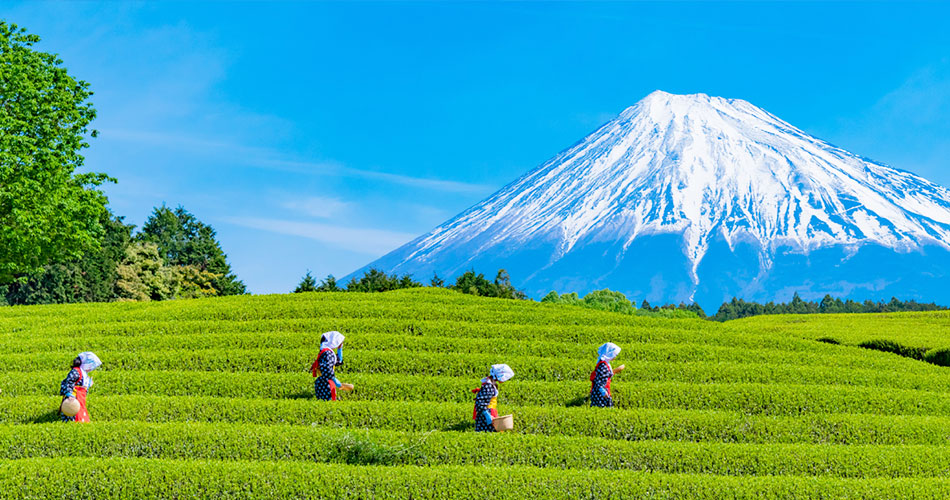
Tea in the Land of the Samurai日本武士之地的茶叶
Exploring the history, geography, culture and production of tea in Japan.
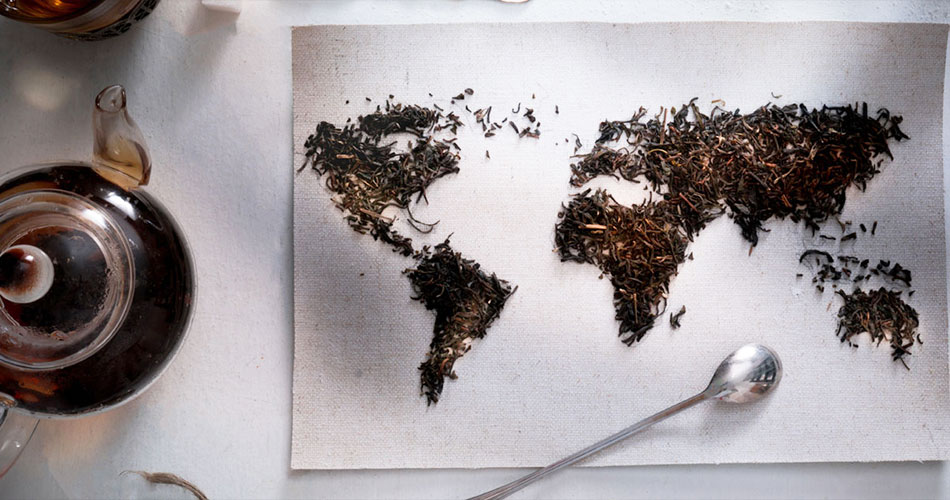
Tea Around the World世界各地茶叶
Renowned as the epitome of Englishness, the cup of tea has a rich tradition in the British Isles. But there are many other countries where tea history goes back much further, where tea customs are very different to those of the British. Here we take a look at the history and traditions of some tea-loving cultures.
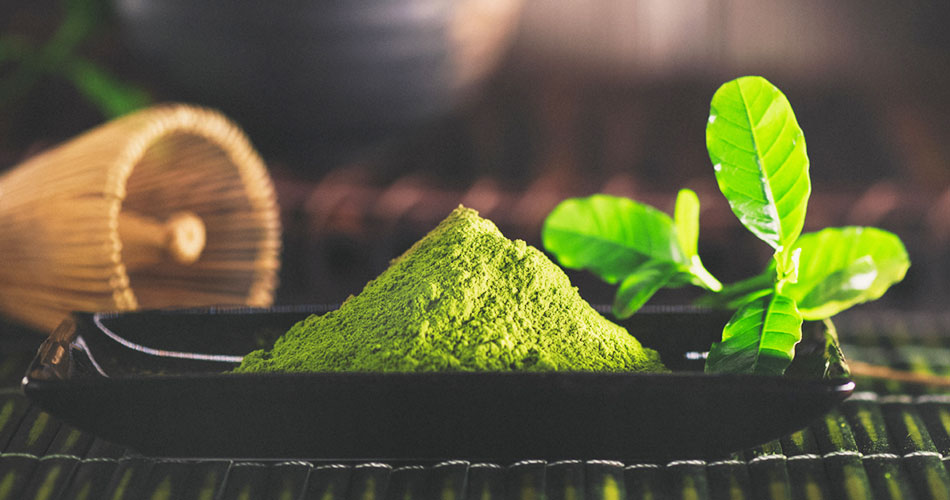
Matcha Tea抹茶
Arguably the best known of the teas to come out of Japan, matcha has found its way into a variety of foods and beverages. Although relatively new in Western countries, this vibrant green tea powder has been enjoyed in Japan for over 800 years and is used for the meditative, elaborate Japanese tea ceremony.
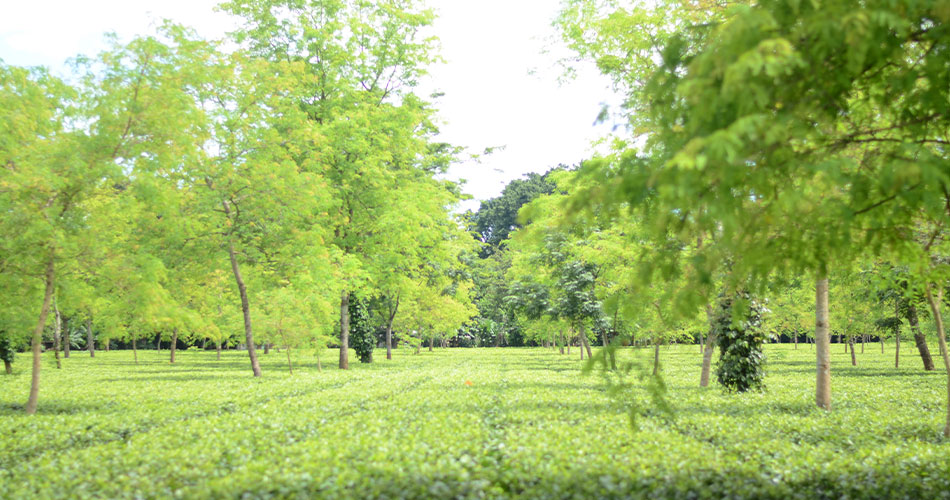
Tea Travels: Assam茶的旅行:阿萨姆邦
For obvious reasons Tea Tasters at Ahmad Tea HQ are some of the most envied people in the organisation. And never were they more so than in late August when they took a trip to the spectacular region of Assam in northern India to visit some of the world’s top tea estates. Here are some notes from their Tea Travels.
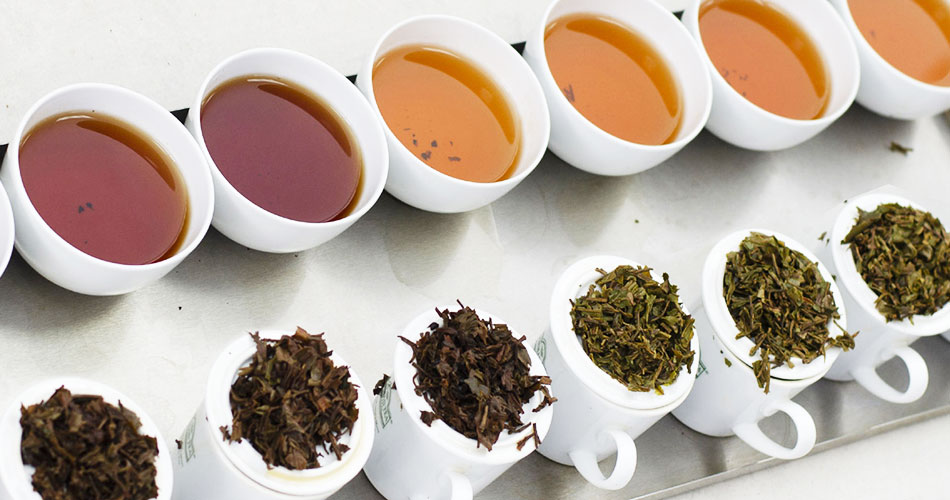
Darjeeling’s First & Second Flushes大吉岭第一和第二冲水
Having such a unique and interesting profession makes Ahmad Tea’s Tea Tasters quite a hit at dinner parties (if they do say so themselves)

